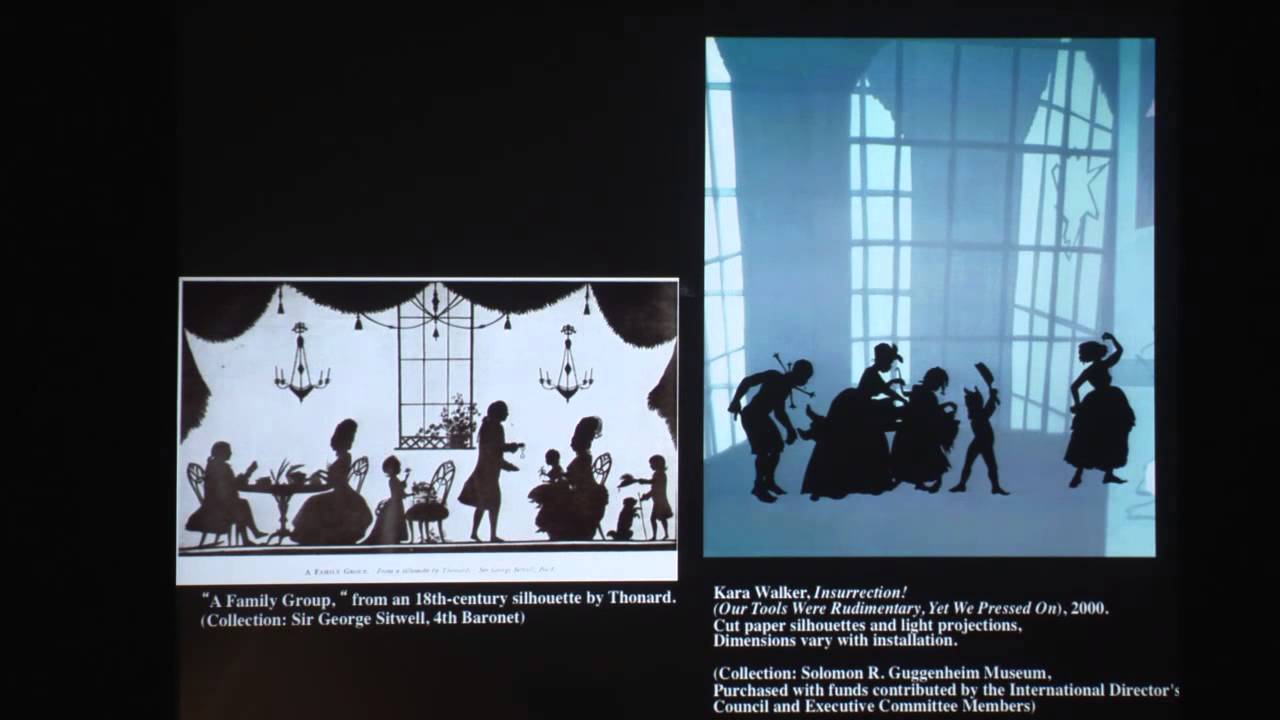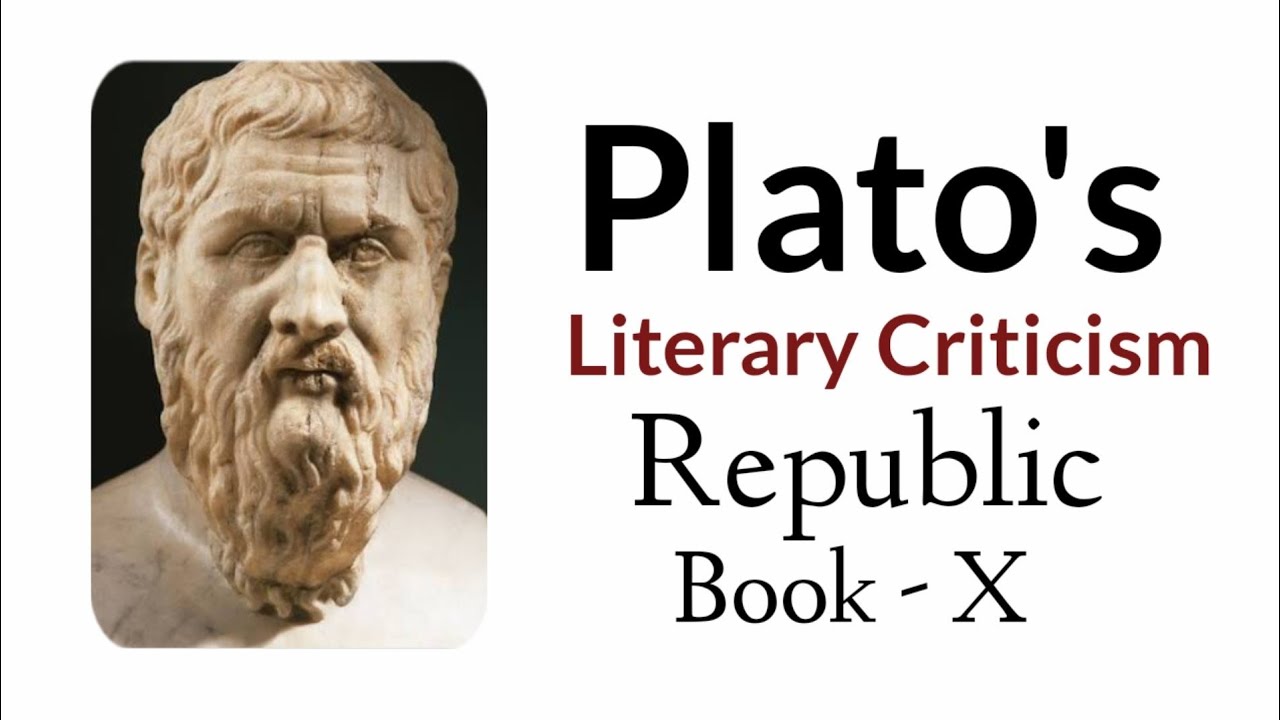Dartmouth
On September 28, 2012, Richard Meyer, Associate Professor, Art History and Fine Arts Director, The Contemporary Project University of Southern California, delivered his lecture titled “What Was Contemporary Art?: An Introduction”. Contemporary art in the early twenty-first century is often discussed as though it were a radically new phenomenon unmoored from history. Yet all works of art were once contemporary to the artist and culture that produced them. Here Richard Meyer reclaims the contemporary from historical amnesia, exploring episodes in the study, exhibition, and reception of early-twentieth-century art and visual culture.
Source
"What Was Contemporary Art?: An Introduction"




How dry, how over analyzed — as usual. One thing and one thing only is needed to analyze art: is it cool to look at? In other words does it make you feel good? I always go back to Picasso's comment "I feel sorry for critics because they're always wrong." In a hundred years no one will give a shit because everyone will be fighting over water and food. Survival.
Curated contemporary digital art: http://www.mymuseum.co
Renzo
Let me begin by telling you that when my brother was just starting school, he rebelled at the rules of spelling.
Why did words have to be spelled in a particular way?
Why couldn't he spell them as he wanted to spell them?
He resented the rules and he resisted the authority of those who made them !
Keep this in mind.
I think that Conceptual art comes from people who could not and would not do the difficult work required to become a 'traditional' artist.
Can't master the necessary skills ?
Can't understand how to use color to create mood?
Can't master composition?
Can't draw or understand human anatomy?
Can't figure out how to express your feelings with image?
Can’t be bothered ?
Well then, belittle the importance of those skills and debase the notion that they are a prerequisite to creating art.
Instead, create an art genre that you CAN do.
A new genre.
And let's call it Conceptual art.
Conceptual artists claim that IDEAS and CONCEPTS are the main feature of their art.
They can slap anything together and call it ''conceptual art'' confident that viewers will find SOMETHING to think about it no matter how banal or trivial the artist's concept!
There is no way conceptual art pieces can be judged.
The promoters of this art have attacked the motives and credibility of authorities and critics who might disparage the work.
They have rejected museums and galleries as defining authorities.
They reject the idea that art can be judged or criticized .
All of this results in a decline in standards.
And when you jettison standards, quality suffers.
There really IS such a thing as BAD art !
We know this only because we have standards and criteria by which such things can be evaluated.
It seems that conceptual art comes down to a basic idea:
No one has the right or authority to make any judgements about art !
Art is anything you can get away with !
A whole new language has been created to give the work an air of legitimacy and gravitas.
Conceptual art is 'sold' to the unwary public with ….."ArtSpeak".
ArtSpeak is a unique assemblage of English words and phrases that the International Art world uses but which are devoid of meaning!
Have you ever found yourself confronted by an art gallery’s description of an exhibition which seems completely indecipherable?
Or an artist’s statement about their work which left you more confused than enlightened?
You’re not alone.
Here are examples of ArtSpeak:
''..she manipulates architectural structures in order to deconstruct socially defined spaces and their uses and test novel and playful possibilities."
Or '
'Works that probe the dialectic between innovations that seem to have been forgotten, the ruinous present state of projects once created amid great euphoria, and the present as an era of transitions and new beginnings.''
Or
''The exhibition reactivates his career-long investigation into the social mutations of desire and repression. But his earlier concerns with repression production–in the adolescent or in the family as a whole–give way to the vertiginous retrieval and wayward reinvention of mythical community and sub-cultural traditions.''
This language is meant to convince me that there is real substance to this drivel which is being passed off as 'art'.
But I don't buy it.
Plenty of other people DO buy it.
Not because they love the work.
They are laying out enormous sums in the belief that their investment will bring them high returns in the future.
One Jeff Koons conceptual piece is three basketballs suspended in a fish tank.
Here is Koons' own ArtSpeak explanation of his floating basketball 'concept' verbatim:
“ This is an ultimate state of being.
I wanted to play with people’s desires.
They desire this equilibrium.
They desire pre-birth.
I was giving a definition of life and death.
This is the eternal.
This is what life is like, also, after death.
Aspects of the eternal”
Rather lofty goals for 3 basketballs suspended in a fish tank!!
It sold for $350,000.
I wonder what it would have fetched without Koons' name attached to it.
_____________________________________________________________________
Or take the case of Martin Creed's ball of crumpled white paper.
He made almost 700 of them!
Martin Creed, when asked during an interview how he would respond to those who say the crumpled ball isn’t art said :
“ I wouldn’t call this art either. Who says, anyway, what’s good and what’s bad?”
Interviewer:
''When confronted with conceptual art, we shouldn’t worry whether it’s art or not because no one really knows what art is.''
Is this what art has come to??
___________________________________
Something radical has happened to the art scene in the past 50 years.
Cubism slid into non-representational art….what is often called Abstract.
Abstract or non-representational art is a legitimate and often profound genre.
But to many people, it appeared as if this new style had no structure, principles or standards of evaluation.
It’s markings seemed random and arbitrary.
Something that anyone could do.
Any composition of blotches or scribbles was “Abstract Art”.
This was the slippery slope that led to the abandonment of standards in art.
Art is what I say it is….and lots of people jumped on the art bandwagon.
Anyone can be an artist.
Anyone can mount a show.
And who is to say if it has value?
A tacit agreement forms among critics, galleries, publications and auction houses to promote and celebrate certain artists and styles.
Objects with no artistic merit are touted and praised .
Their value increases with every magazine article, every exhibition in a prestigious gallery.
And when they come up for auction, sometimes the auction houses will lend vast sums to a bidder so that it appears as if the work of the particular artist is increasing in value.
The upward spiral begins and fortunes are made.
And many are reluctant to declare that the Emperor is, in fact, naked lest they appear boorish unsophisticated Philistines !
This is what dominates the art market today.
The love of money is the root of all evil.
It has corrupted politics.
It has corrupted sport.
It has corrupted healthcare.
It has corrupted religion.
And now it has corrupted art.
But, there is reason to hope.
As much of the wisdom of the Greeks and Romans was kept alive through the Middle Ages in small pockets of learning and culture, ateliers have sprung up around the world that are devoted to preserving and handing down the traditional visual arts: drawing, painting and sculpting to each new generation.
And when this craze for conceptual art has burned itself out and when visual art is no longer looked on as mere decoration and when schools that have dissolved their art programs want to reestablish them again, the world will find these skills preserved through the atelier movement.
Art must outrun commodification. Cooollllll.
Awesome!.
I think the essence of this lecture is really just about Professor Meyer trying to bring out his two definitions of what "contemporary arts" can refer to. But he was not even whispering about the Plexiglass exhibition in terms of its sensitive historical significance of the event happening in 1939 to bring out the sense of the "seven" way of being eternal – which is really an old metaphysical question rather divisive in nature because there are two discourses concerned – the assorted building blocks and the building blocks represented in their totality by a diamond, or more commonly, a pattern of diamonds – in the two methods of assemblage. The diamond is understood to represent the everlasting nature with higher level of convergence of the building blocks of identical shape. Nor did the professor explain about the futuristic outlook of the works with wood and plaster pieces being connected by a wire to be formed into a loop of connectivity, and another artwork sporting one four-sided square slab garnished with another placed into a diamond-shaped position. These are pretty obvious messages to send out. However, I think the lecturer really brings out the essence of his main contention in the piece-de-resistance, namely his two perceptive definitions of the arts being "contemporary." His sensitivity begins to shine through with his elaborate remarks on an 18th century English literary classic on the British society to illustrate the more contemporaneous nature, the more historically significant, in order to highlight the far-reaching ramifications of the anglophonic developments in the British Isles radiating to project an enduring cultural endeavour that permeates many artworks that he wanted to emphasise in terms of withstanding, with greater fortitude and resilience, the painful season during the cyclical operation of Time. And thus he also explains how the past, present and future could sometimes be interwoven and crisscross the textual or iconographic aspect of an artwork from critical theory's point of view that when the artwork is studied more closely, one could discover the past as much as the present or the future.
Contemporary art is the art of today, produced by artists who are living in the twenty-first century. Contemporary art provides an opportunity to reflects the issues relevant to ourselves, and the world around us. Today's artists work in a global environment that is culturally diverse, technologically advance and multifaceted. Their are many online art galleries to know more about contemporary art such as Indian Art Ideas, Sanchit Art and many more.
Addressing "contemporary" Art. As a visual Art student and prospector my entire life span thus far; First of all Art does not recognize time, in real time :-)……. twenty million years is not really a long time for Art. contemporary in the seance of the work its self excluding the time period is one thing and contemporary in the seance of what or who is hot on the capitalist Art market is another thing. I mean in real time 100 years ago in Art is not even a factor or issue in this area
It might be a good thing for the "Art Market" to collapse? Perhaps that will bring Art closer to "Art For Arts Sake"? In "the end", Art trumps capitalism. When all the money is gone I'll still paint or draw a picture 🙂
meyers' book on this subject is so, so good. I highly recommend it to anyone interested in the subject.
this is a great speaker – but I cannot believe that no-one dealt with the microphone issue through the whole lecture – my ears hurt – the guy who does the intro obviously did the sound check – but no one stopped to help the guest – what an insult to dr, meyer.